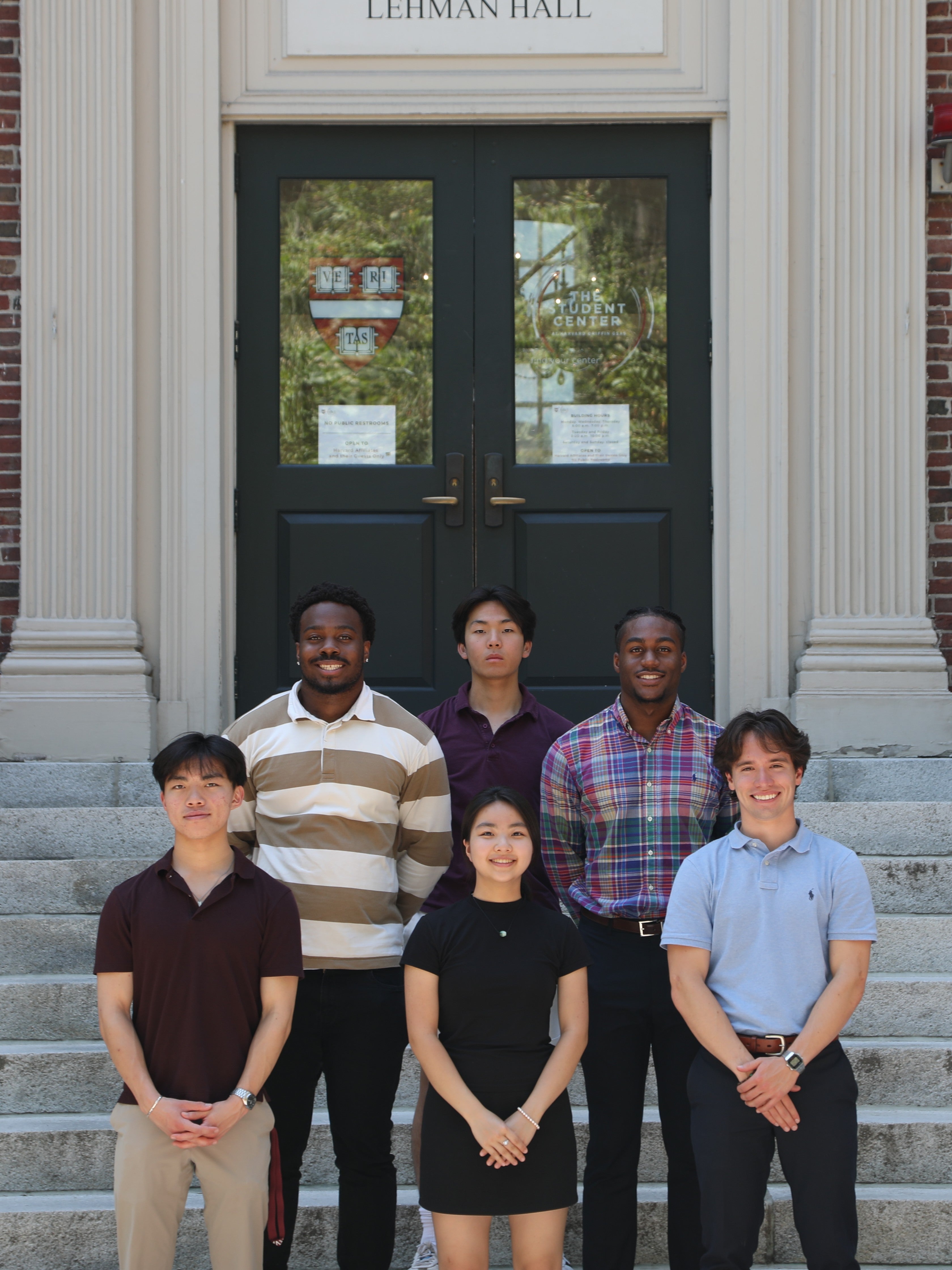By Denzel Firdaus
CRISPR-Cas9 technology has revolutionized the field of genetic engineering by offering unprecedented precision in editing DNA. Its potential in treating genetic diseases such as sickle cell anemia, hereditary blindness, and certain forms of cancer is immense. By allowing scientists to directly alter genetic material, CRISPR introduces possibilities once thought impossible in medicine. However, this groundbreaking innovation also brings with it significant ethical, safety, and social concerns. This paper examines CRISPR's therapeutic potential, explores the risks associated with human genome editing, especially in the germline, and assesses the ethical implications of its use. Through analysis of scientific studies, expert perspectives, and public policy considerations, this paper argues that while CRISPR could transform medicine, its development must be regulated through transparent frameworks and inclusive public engagement to avoid irreversible consequences.
While CRISPR-Cas9 holds extraordinary potential for treating genetic diseases, it also raises profound ethical concerns and safety risks, particularly in germline editing and equitable access, that necessitate stringent regulation and broad public involvement to ensure responsible use and equitable benefit.
The development of CRISPR-Cas9 as a gene-editing tool has opened new frontiers in medicine, allowing scientists to correct genetic mutations with a level of precision never before possible. Already, CRISPR has demonstrated therapeutic potential in treating various inherited diseases, including beta-thalassemia and certain types of inherited blindness. Its relative affordability and efficiency compared to earlier gene-editing technologies also make it a viable option for developing new medical treatments in low-resource settings. However, the same technology that can cure also has the potential to cause harm, particularly when used in editing human embryos. Ethical concerns about consent, unintended consequences, and the possibility of increasing inequality underscore the need for robust public and regulatory oversight. Furthermore, as society grapples with the philosophical and legal ramifications of altering human genetics, the question of where to draw the line becomes increasingly urgent.
CRISPR's use in somatic cell editing has shown significant success in clinical applications, such as treating sickle cell anemia and hereditary blindness (Porteus, 2016; Balch, 2021). These therapies do not affect future generations, mitigating many ethical concerns and allowing the science to progress with relative confidence. Clinical trials suggest that CRISPR can be both safe and effective when used under tightly controlled conditions (Balch, 2021).
However, researchers such as Ledford (2020) have identified major safety risks in germline editing, including unpredictable off-target effects that could cause severe genetic damage. These unintended mutations pose a significant threat not only to individuals but to future generations if changes are passed on. Baltimore (2015) and Ayanoglu et al. (2020) emphasize the ethical implications of heritable modifications, warning against a future of "designer babies" and genetic inequality. Germline editing raises questions about consent, as individuals affected by such changes, namely future offspring, have no voice in the decision-making process.
Additionally, Subica (2023) and the Center for Genetics and Society (Sample & Devlin, 2023) highlight issues of access and equity. The fear is that CRISPR could become a luxury available only to the wealthy, further marginalizing underprivileged communities. Without inclusive frameworks and public accountability, gene-editing technologies could worsen healthcare disparities instead of addressing them.
CRISPR’s effectiveness in treating genetic diseases lies primarily in its use for somatic cell therapy. These applications target specific mutations in non-reproductive cells and have progressed to human clinical trials, showing promise in correcting single-gene disorders like sickle cell disease without altering the germline (Porteus, 2016). Because somatic editing only affects the individual treated, it bypasses many ethical complications associated with inherited changes. Success stories, including patients who have experienced sustained relief from symptoms, reinforce CRISPR’s value in therapeutic medicine.
In contrast, germline editing involves modifications to reproductive cells or embryos, meaning any changes are heritable. This raises both safety and ethical concerns. A notable study in Nature found that CRISPR editing in embryos often led to large-scale chromosomal abnormalities, making it unsuitable for clinical use at present (Ledford, 2020). Other researchers worry that such modifications could lead to unpredictable biological outcomes over generations. Ethically, germline editing introduces moral dilemmas about consent and the manipulation of future generations' genetic traits (Baltimore, 2015). Furthermore, the prospect of selecting for physical attributes or intelligence opens the door to eugenic practices, which many consider ethically indefensible.
Another major issue is equitable access. Advanced technologies often exacerbate existing inequalities unless equity is deliberately addressed. Subica (2023) notes that historically underserved communities are at risk of being excluded from gene-editing benefits unless research includes community engagement and policy ensures affordability. This includes ensuring that CRISPR therapies are not only developed for rare diseases that affect wealthier populations but also for conditions prevalent in marginalized communities. Without such efforts, CRISPR could deepen healthcare disparities rather than alleviate them. Public health agencies and non-profit organizations must play a role in ensuring that the benefits of gene editing are widely shared.
Calls for regulation stress the importance of developing international guidelines. Baltimore (2015) and the Center for Genetics and Society (Sample & Devlin, 2023) advocate for global consensus and transparent public discourse. They argue that regulations must evolve with science to ensure both innovation and protection. In addition to technical safeguards, ethical review boards, policy frameworks, and public consultations should be institutionalized. Education campaigns are also vital so that communities can make informed contributions to discussions about gene-editing policy.
CRISPR technology offers extraordinary opportunities to treat previously incurable genetic diseases, with somatic cell editing already demonstrating therapeutic success in numerous clinical trials. These developments point toward a future where many inherited disorders could be corrected at the molecular level. However, CRISPR's application in germline editing raises serious ethical and safety concerns that must not be overlooked. The risks of off-target effects, the challenge of ensuring informed consent across generations, and the potential for exacerbating social inequality all demand cautious and thoughtful engagement.
Without comprehensive regulation and inclusive public engagement, the risks of unintended consequences and inequality could outweigh the benefits. As CRISPR moves toward clinical normalization, a cautious, transparent, and equitable approach is essential. International cooperation, ethical foresight, and a commitment to justice will be necessary to ensure CRISPR lives up to its transformative potential without repeating historical mistakes in science and medicine. The future of genome editing must be shaped not just by what is scientifically possible, but by what is ethically responsible.
References
Ayanoglu, F. B., Elcin, A. E., & Elcin, Y. M. (2020). Bioethical Issues in Genome Editing by the CRISPR/Cas9 Technology. Turkish Journal of Biology, 44(2), 110–120. https://doi.org/10.3906/biy-1912-52
Balch, B. (2021, December 2). The future of CRISPR is now. AAMC. https://www.aamc.org/news/future-crispr-now
Baltimore, D. (2015). A prudent path forward for genomic engineering and germline gene modification. Science, 348(6230), 36–38. https://doi.org/10.1126/science.aab1028
Bergman, M. T. (2019, January 9). Perspectives on Gene Editing. The Harvard Gazette; Harvard University. https://news.harvard.edu/gazette/story/2019/01/perspectives-on-gene-editing/
Ledford, H. (2020). CRISPR gene editing in human embryos wreaks chromosomal mayhem. Nature, 583. https://doi.org/10.1038/d41586-020-01906-4
Licholai, G. (2018, August 21). Is CRISPR Worth the Risk? Yale Insights; Yale School of Management. https://insights.som.yale.edu/insights/is-crispr-worth-the-risk
Medline Plus. (2020). What Are the Ethical Issues Surrounding Gene Therapy? MedlinePlus; National Library of Medicine. https://medlineplus.gov/genetics/understanding/therapy/ethics/
Porteus, M. (2016). Genome Editing: A New Approach to Human Therapeutics. Annual Review of Pharmacology and Toxicology, 56(1), 163–190. https://doi.org/10.1146/annurev-pharmtox-010814-124454
Sample, I., & Devlin, H. (2023, March 6). Forthcoming genetic therapies raise serious ethical questions, experts warn. Center for Genetics and Society. https://www.geneticsandsociety.org/article/forthcoming-genetic-therapies-raise-serious-ethical-questions-experts-warn
Stein, R. (2023, March 8). Ethical concerns temper optimism about gene-editing for human diseases. NPR. https://www.npr.org/sections/health-shots/2023/03/08/1161868040/gene-editing-ethical-concerns-temper-optimism-human-diseases-embryos
Subica, A. M. (2023). CRISPR in Public Health: The Health Equity Implications and Role of Community in Gene-Editing Research and Applications. American Journal of Public Health, 113(8), 874–882. https://doi.org/10.2105/AJPH.2023.307315





